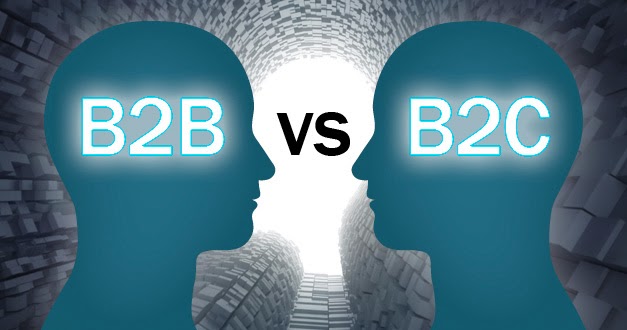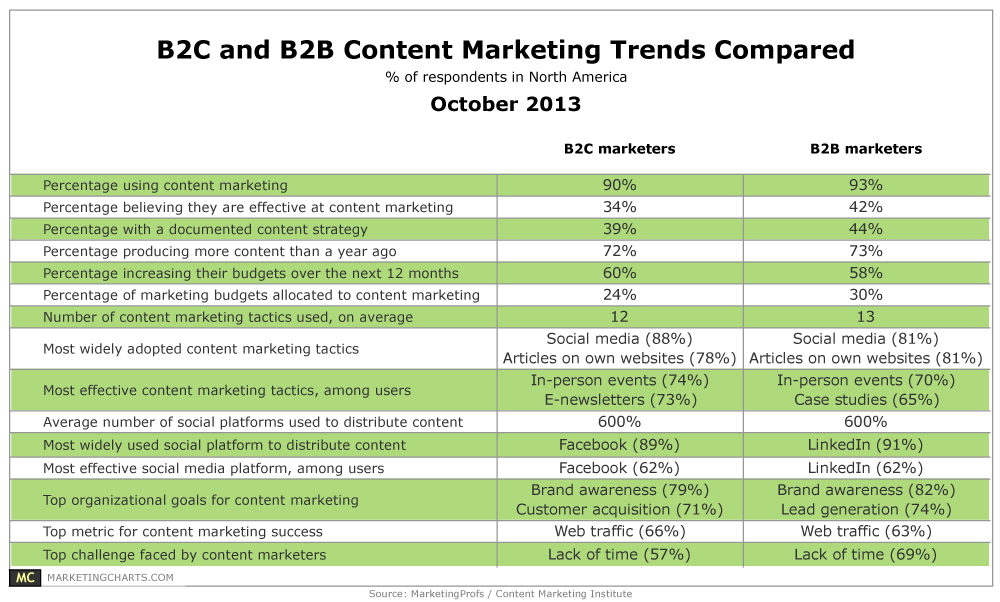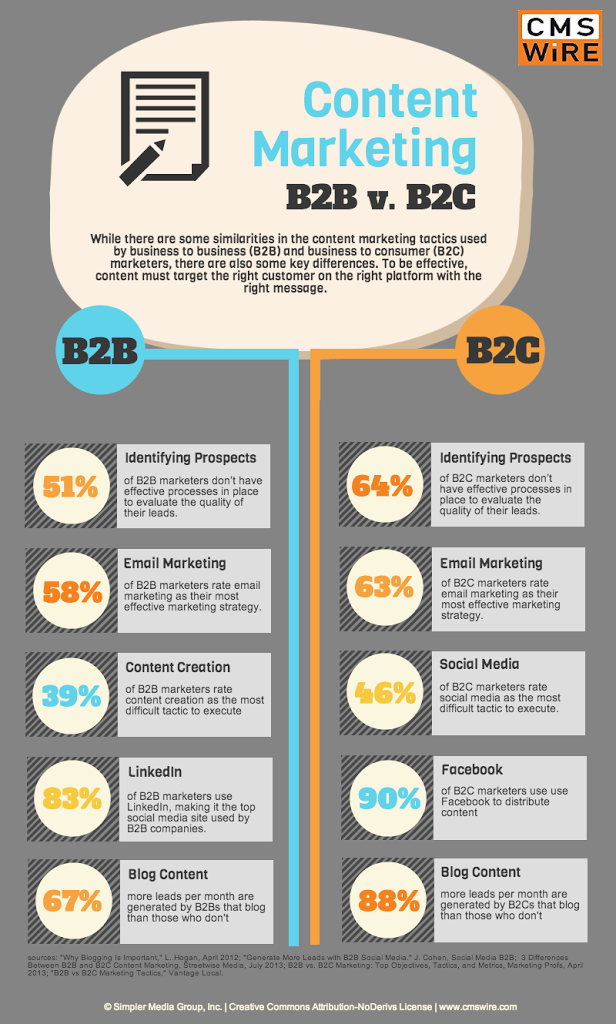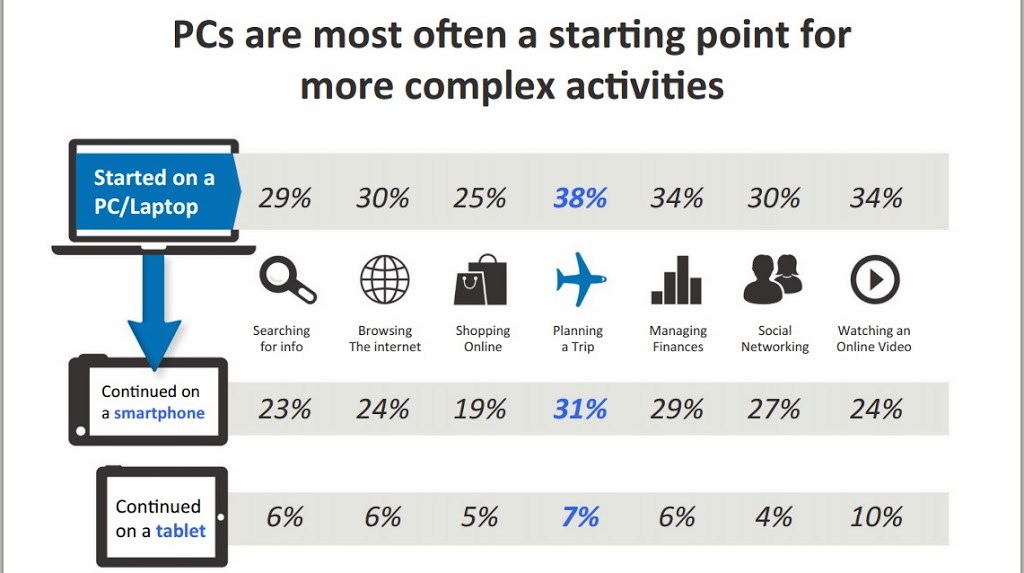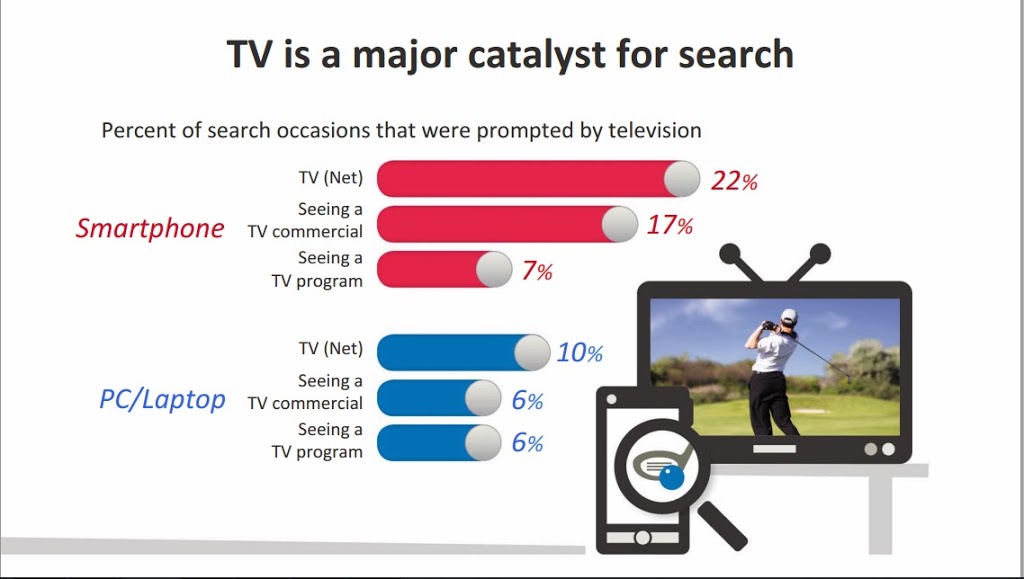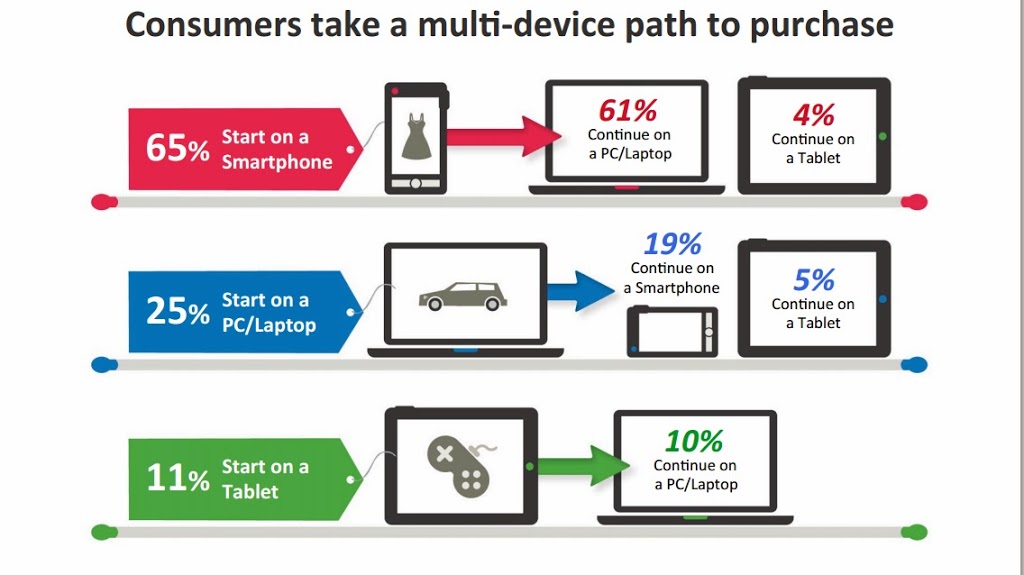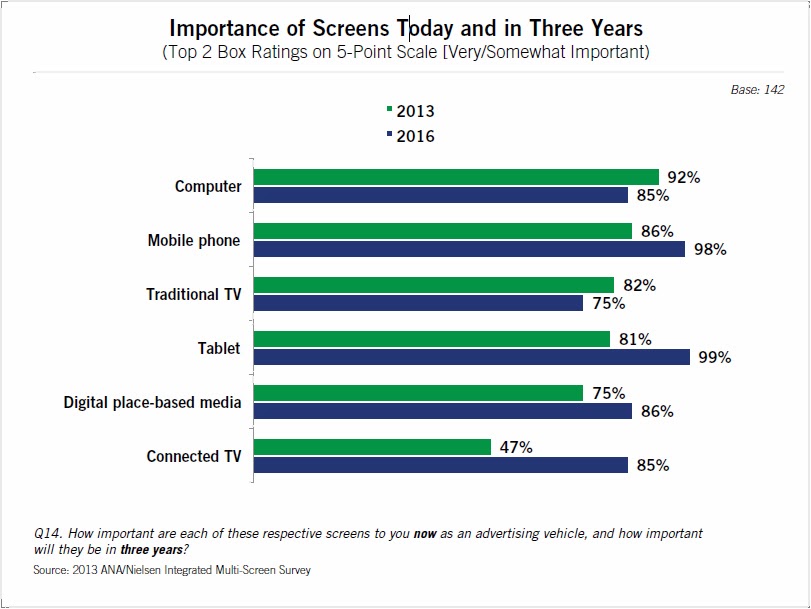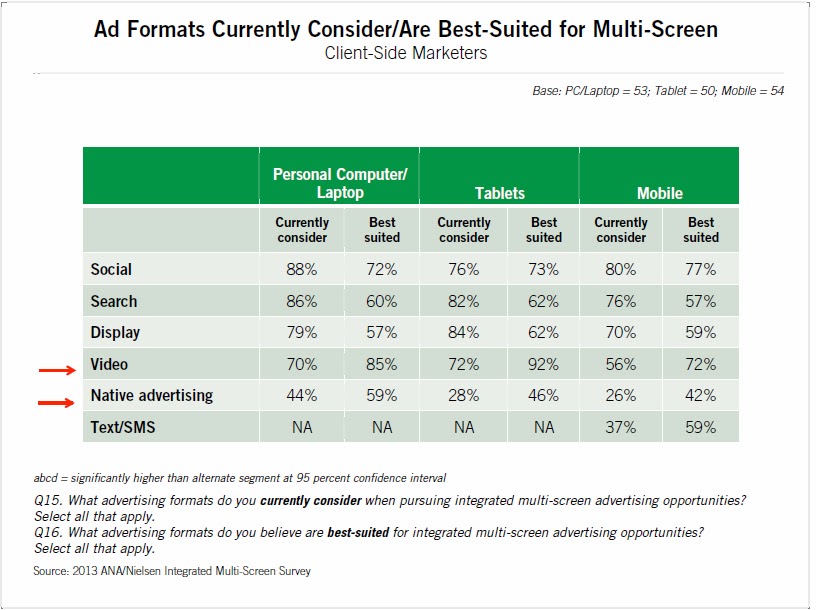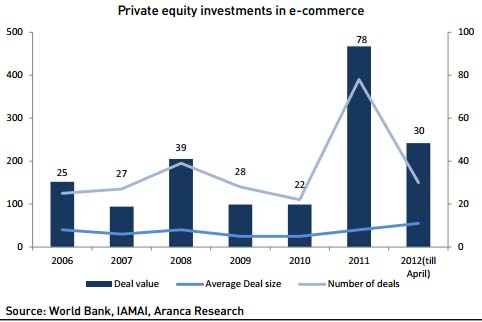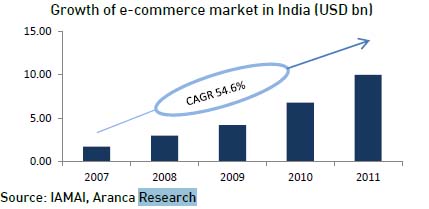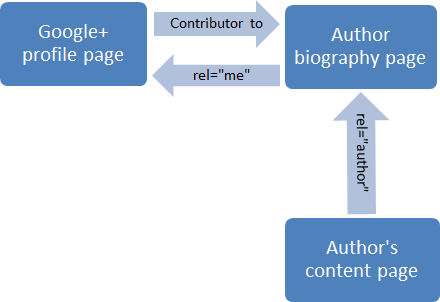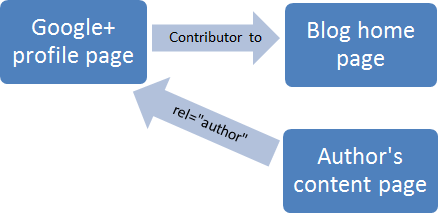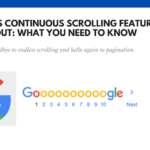Google’s head of search spam, Matt Cutts, released a webmaster video today answering the question, “are Facebook and Twitter signals part of the ranking algorithm?” The short answer was a clear cut "NO".
 |
Matt Cutts recently has spilled the beans regarding the social and search integration and has openly declared that Twitter and FaceBook pages are not passing on any social media signals for web search rankings directly.
He says, FaceBook and Twitter pages are treated like any other pages on the web index for Google. If they are able to crawl the Twitter and the FaceBook pages then they those pages are indexed.
But the algorithm does not calculate any special social signals like the no. of followers, likes, mentions, etc. as the relationships between social identities keep on changing and many times the index may be not updated accordingly as sometimes the third party social media sites block Googlebot and they are unable to crawl the pages and may not have accurate data.
Hence the algorithms are not yet updated to influence the web search rankings according to the FaceBook and Twitter pages social signals. Matt Cutts clearly says that the FaceBook and Twitter pages are treated like other pages available on the web and no special social media signals are passed on by the algorithms to influence the rankings based on that data.
But, that does not mean that Twitter and FaceBook are no longer important because they are very powerful social media sites and the URLs shared on these platforms have a very wide outreach which increase the potential for that URL to gain popularity on the web. This popularity has the potential of creating good quality inbound links which in the long run influence the search rankings.
But what Matt Cutts has not yet answered is ...
Are Google+ pages passing social signals to influence web search rankings?
Google can crawl the Google+ pages and they know about the dynamics of the changing relationships between Google+ identities too real time. So, should we assume that only Google+ accounts, Google+ pages, Google+ Local, Google+ Communities, YouTube , Google Places and other such Google products are the only sources for the social and search integration?? Well , according to me the answer is in the affirmative.
First the authorship markup made it mandatory to have a Google+ account as the markup can be verified only if you have a presence on Google+ then this information regarding Twitter and FaceBook signals not being treated as true social media signals but like any other pages available on the web is making it very clear that if you want a good search presence you need to have a Google+ presence along with quality content on your website and blog.
According to me though this may result in making Google monopolize the search arena but atleast the link building spam will be combated. Hope the other social media sites share their social signals data with Google completely and in real time so Google can get a broader picture about an identity and hence get their due search presence. Only Google+ social signals again can be a very narrow view point about an identity which in the long run can again affect the quality of the search results.
One of our previous videos published on YouTube regarding social and search integration and quality inbound links.
Conclusion:
Please do not take it for granted that just because you have a good social media presence your search presence is going to improve. Publish quality content, share it on social media, after a good outreach when people link back to the post the popularity signals that is the quality inbound links will help improve the search presence. So,quality content is again the king. SEO Is A Necessity, Content Creation Is A Strategy And Social Media Is The Channel


